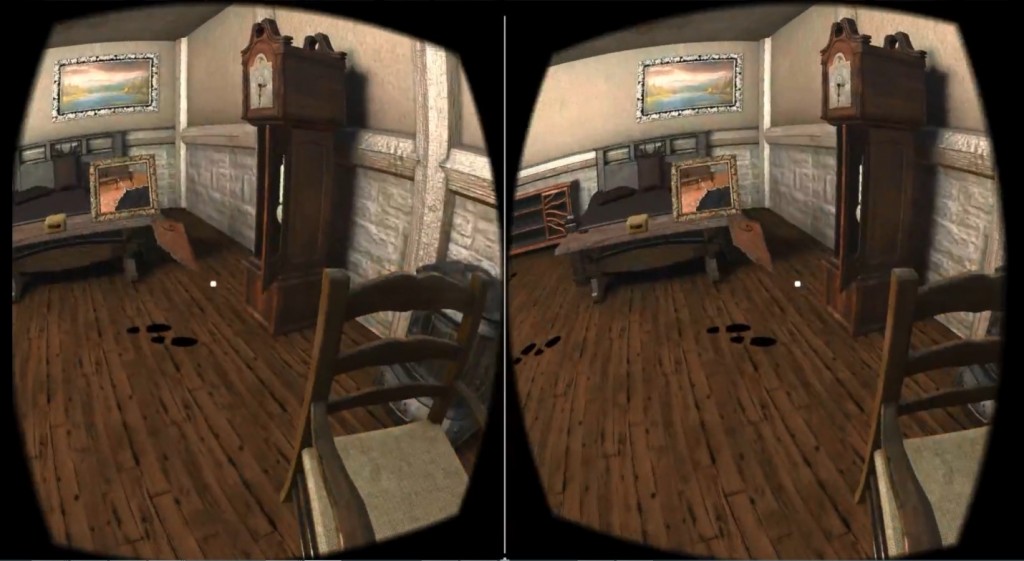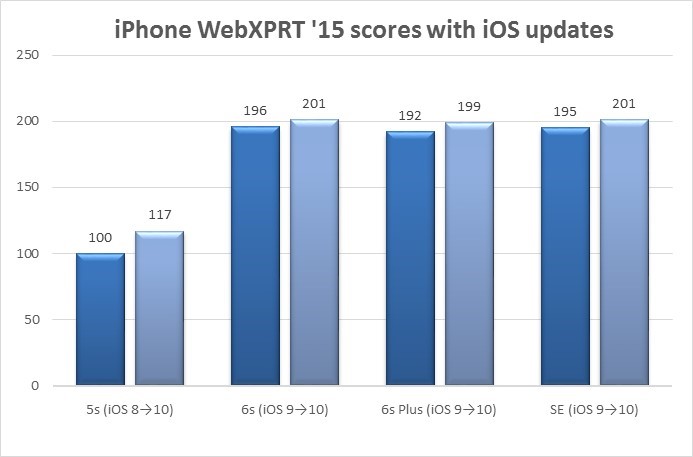We’ve talked a lot in recent weeks about new technologies we are evaluating for the XPRTs. You may remember that back in June, we also wrote about sponsoring a second senior project with North Carolina State University. Last week, the project ended with the traditional Posters and Pies event. The team gave a very well thought‑out presentation.
As you can tell from the photo below, the team designed and implemented a nifty virtual reality app. It’s a room escape puzzle, and it looks great!
The app is a playable game with the ability to record the gameplay for doing repeatable tests. It also includes a recording that allows you to test a device without playing the game. Finally, the app lets you launch directly into the prerecorded game without using a viewer, which will be handy for testing multiple devices.
The team built the app using the Google Cardboard API and the Unity game engine, which allowed them to create Android and iOS versions. We’re looking forward to seeing what that may tell us!
After Posters and Pies, the team came to PT to present their work and answer questions. We were all very impressed with their knowledge and with how well thought out the application was.
Many thanks to team members Christian McCurdy, Gregory Manning, Grayson Jones, and Shon Ferguson (not shown).
Thanks also to Dr. Lina Battestilli, the team’s technical advisor, and Margaret Heil, Director of the Senior Design Center.
We are currently evaluating the app, and expect to make it available to the community in early 2017!
Eric

















